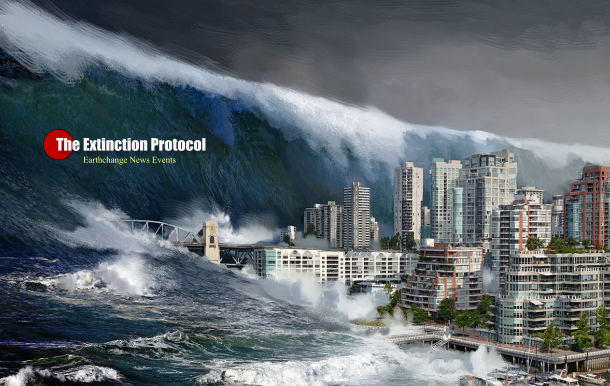Doomsday EQ drill’ in Northwest, largest in US ever

June 2016 – PORTLAND —
Imagine a devastating earthquake and tsunami have cut off Pacific
Northwest coastal communities. Phone and internet service have
collapsed. Ham-radio operators living on the stricken coast fire up
their radios, contact emergency managers and report on the magnitude of
the disaster so that no time is wasted in saving lives. This is the kind
of scenario that will be rehearsed during the second week of June in a
massive earthquake and tsunami readiness drill that has been developed
by the U.S. government, the military, and state and local emergency
managers over the past few years to test their readiness for what — when
it strikes — will likely be the nation’s worst natural calamity.
The June 7-10 exercise is called
Cascadia Rising. It is named after the Cascadia Subduction Zone — a
600-mile-long fault just off the coast that runs from Northern
California to British Columbia. “This is the largest exercise ever for a
Cascadia break,” said Lt. Col. Clayton Braun of the Washington State
National Guard. Braun has been a key planner of the doomsday drill,
which is being overseen by the Federal Emergency Management Agency.
Federal officials say about 20,000
people will be involved in the disaster drill, representing various
federal agencies, the U.S. military, state and local emergency response
managers across the Pacific Northwest, Native American tribes and
emergency management officials in British Columbia. One main goal of the
exercise is to test how well they will work together to minimize loss
of life and damages when a mega-quake rips along the Cascadia Subduction
Zone and unleashes a killer tsunami.
Awareness of the seismic threat looming
just off the Pacific Northwest dates back to the 1980s, when
researchers concluded that coastal lands long ago had been inundated by a
tsunami. Research also indicated that a tsunami that was documented in
Japan in January 1700 originated from the Cascadia Subduction Zone, also
known as the CSZ. Research suggests that the CSZ on average produces
magnitude 9.0 quakes every 500 years, but big quakes have been separated
by as few as 200 years and as many as 1,000. So it is impossible to
predict when the next monster quake occurs. However, tectonic stresses
have been accumulating in the CSZ for more than 300 years and
seismologists say it could rupture at any time.
More than 8 million people live in the
area that is vulnerable to the Cascadia Subduction Zone. It contains the
most heavily populated areas of the Pacific Northwest, including
Seattle and Portland, as well as Interstate 5, one of the nation’s
busiest roads. Coastal towns are especially at risk. Studies have
forecast that while 1,100 people could die from a 9.0 magnitude quake,
13,500 could perish from the tsunami that would slam into the coast
within 15 to 30 minutes after the shaking begins.
A scenario document written in
preparation for Cascadia Rising exercise states “the scale of fatalities
across the coast may overwhelm the resources of local governments.”
Whole towns along the coast may disappear. Hospitals could either
collapse or be too severely damaged to handle casualties. All across the
region between the Pacific and the Cascade Range, bridges and roads
could be destroyed, fuel supplies and communications disrupted, and
buildings and crucial infrastructure may sink into soil that’s been
liquefied by the intense shaking. –Seattle Times

Nessun commento:
Posta un commento